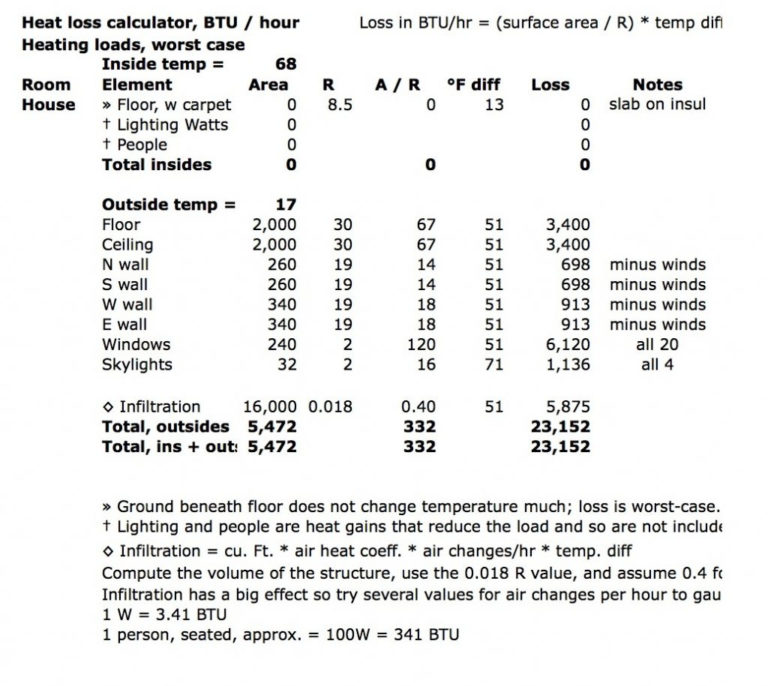

They give an indication for each crop and main planting region as to the heat units and days required for a crop to get to 50% flowering from the planting date and days to physiological maturity.įor example, the following cultivar characteristics or agronomic parameters shown below for maize in the Western region for dry land cultivars would indicate the heat units required to the 50% tassel stage for Ultra Early planted maize being between 685 and 690 Early 710 - 720 Medium Early 725: and Medium 730 - 735. The studies result in guidelines for farmers in choosing the correct cultivars suited to the exact conditions experienced on your farm and the other temperature microclimates found within large farms.Ĭompanies developing and selecting cultivars show much detail such as in the seed brochures for example. Plant breeders monitor this relationship and can calibrate various cultivars of maize, sorghum, soybeans, sorghum, canola, dry beans and in fact all growing crops and plants as to how much heat accumulation is needed to reach certain benchmarked or calibrated growth stages. These can be used for farmers in that area to calculate the heat units and identify the correct cultivars to plant. The weather bureau station near you can provide the maximum and minimum temperatures in your area.Ī table of temperatures for Pretoria is shown in Table 1 as an example. The heat unit requirements are a good guideline but all the agronomic factors coupled with prevailing environmental conditions will determine the actual crop benchmarks reached, if you can measure your rainfall and temperatures daily.

Cold nights can really slow up the development in days to the targeted 50% tasseling date. If this is done consistently for the temperatures experienced on your farm the targets as set for various cultivars can be monitored.įor example, given a maximum temperature of 28 (☌) and a minimum of 15 (☌) the heat unit calculation for that day for maize would be (28 + 15)/2 - 10 equals 16,5 growing degree days (GDDs) or heats units for the day. These daily amounts are recorded and added up cumulatively to show the accumulated heat units throughout the growing season.

#COTTON HEAT UNIT CALCULATOR PLUS#
The formula used to calculate the daily heat units is the (maximum temperature (☌) plus the minimum temperature (☌)) divided by 2 minus the base temperature (☌). The base temperature is different for each crop. The crop heat units are calculated, using the daily maximum and minimum temperature less a base temperature for each day and accumulated from planting to the harvest date. It is a factor that can be easily measured and used to predict when a flower will bloom, an insect will emerge from dormancy or the various stages a crop will reach from planting to maturity. Scientists, horticulturists, gardeners and farmers discovered that there is a strong correlation between the measurement of the heat accumulation derived from the maximum and minimum temperatures experienced by both plants, animals and insects and their development in a growth season or growth phase. What are growing degree days or heat units? The sunflower crop saved farmers from a total loss from cropping in that season. These yields were exceptional under the circumstances with the rapid tapering off of the heat units available in the production period from January to May.
#COTTON HEAT UNIT CALCULATOR FREE#
The yields realised with sunflowers planted between the 15th and 20th of January 2016, in the Eastern Free State ranged from 1 ton to 1,6 tons with the late season cultivars planted. One of the main factors that influence the crop production potential and in turn actual production will be the heat units experienced in any particular season. As a farmer the choice of the correct cultivars of sunflowers, maize, soybeans, dry beans and other crops is critical. A temperature of 44,7☌ was experienced in Cape Town during January 2016. The very high temperatures and very dry periods during the summer growing experienced last season has now been recorded as one of the hottest years on record in South Africa. Previous Pula Imvula articles have covered using rainfall records, rainfall patterns, soil moisture conservation to evaluate the potential, sustainability and economic viability of crops in your farming environment.Īnother tool that can be used to maximise the yield potential of crops on you farm is the consideration of the heat units required to produce grain crops together with your long term rainfall received and also taking the soil depth and fertility of particular lands into account. Using heat units and rainfall records to determine crop yield potential


 0 kommentar(er)
0 kommentar(er)
